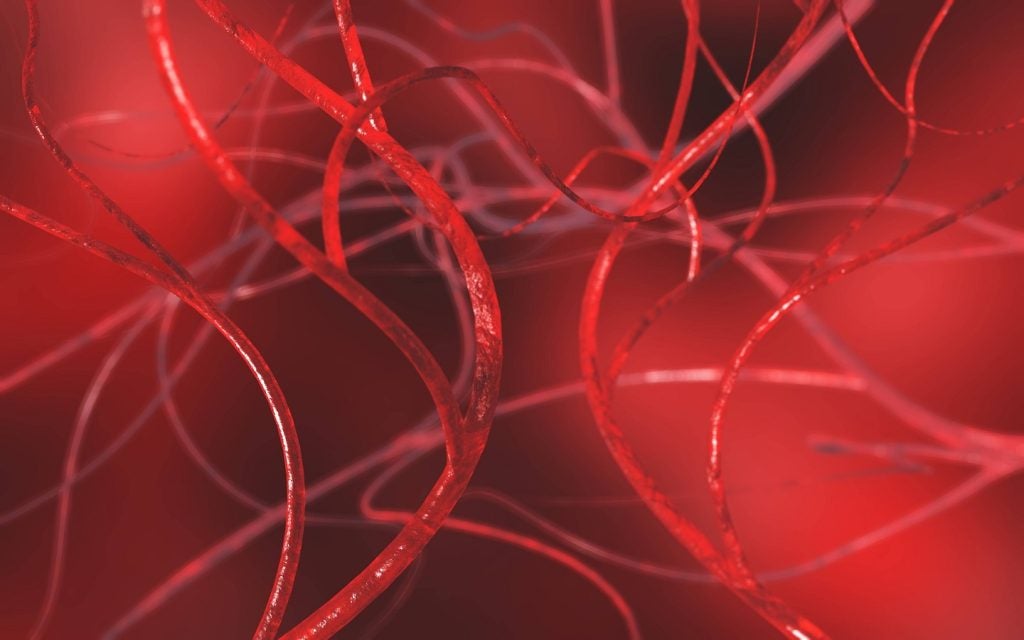Germany-based Leica Microsystems is set to unveil a new generation of augmented reality (AR) imaging technologies for surgical microscopes at the American Association of Neurological Surgeons (AANS) Annual Scientific Meeting 2017, in Los Angeles, US, from 24 April to 26 April.
The aim of the AR imaging technologies is to enhance the microscope view to aid surgical decision-making and teaching during complex neurosurgical procedures.
How well do you really know your competitors?
Access the most comprehensive Company Profiles on the market, powered by GlobalData. Save hours of research. Gain competitive edge.

Thank you!
Your download email will arrive shortly
Not ready to buy yet? Download a free sample
We are confident about the unique quality of our Company Profiles. However, we want you to make the most beneficial decision for your business, so we offer a free sample that you can download by submitting the below form
By GlobalDataLeica will present GLOW800 augmented reality fluorescence, which is a new method of vascular fluorescence during neurosurgery, as well as a new CaptiView HD image injection system, 3D visualisation, and OH microscope's capability to display three intra-surgical fluorescence types.
Leica Microsystems president Markus Lusser said: "In delicate neurosurgery, the outstanding optical quality provided by our microscopes is not always enough.
"This customer pain point motivated us to develop innovative new ways to augment surgical visualization so that surgeons can operate with as much knowledge and confidence as possible.
"Moreover, we ensure these new augmented technologies can be fully integrated into our premium neurosurgical microscope at any time.
"This gives surgeons and hospitals complete flexibility, protects their investment, and helps them remain at the forefront when we introduce the next advance in augmented reality imaging."
GLOW800 combines the high contrast of near infrared (NIR) fluorescence imaging with white light's full visual spectrum, revealing a single, real-time image.
Overlaying the coloured AR fluorescence image in the oculars allows the surgeon to have a complete view of anatomical structures, without interruption or reorientation.
The high-definition (HD) image data from image-guided surgery (IGS) systems and vascular fluorescence can be viewed directly by using the CaptiView HD image injection system.







